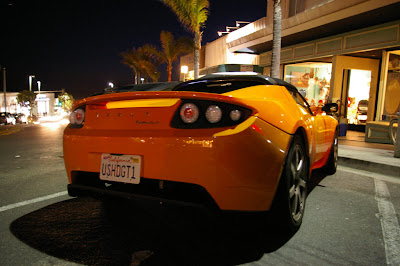

The result was Greetings from Asbury Park, N.J. But when he was signed to Columbia Records in 1972, he brought into the studio many of the New Jersey-based musicians with whom he'd played over the years. By the early '70s, he was trying his hand at being a folky singer/songwriter in Greenwich Village.
E street shuffle tribute band series#
Growing up in southern New Jersey, Springsteen turned to rock & roll as a teenager and played in a series of bands from the mid-'60s on, varying in style from garage rock to power trio blues-rock. If he no longer seemed divine, he remained popular enough for his Greatest Hits album to enter the charts at number one, and he had won over many of those skeptics from 1975. Two decades later, however, Springsteen remained an established star who could look back on a career that had produced one of the best-selling albums of all time, sold-out stadium shows, Grammy awards and an Oscar, and a group of imitators who constituted their own subgenre of popular music. Springsteen's album, Born to Run, became a hit, and he jumped to arena status as a live act, but as many people were turned off by the press campaign as turned on by the records and shows. One critic became so enamored that he quit reviewing to become Springsteen's manager.īut the hosannas, when piped through the publicity machine of a major record company, were perceived as hype by a significant part of the public as well as the mainstream media - Springsteen landed on the covers of Time and Newsweek, but both magazines were covering the phenomenon, not the music. He rocked as hard as Jerry Lee Lewis, his lyrics were as complicated as Bob Dylan's, and his concerts were near-religious celebrations of all that was best in music.

When Bruce Springsteen finally broke through to national recognition in the fall of 1975 after a decade of trying, critics hailed him as the savior of rock & roll, the single artist who brought together all the exuberance of '50s rock and the thoughtfulness of '60s rock, molded into a '70s style.


 0 kommentar(er)
0 kommentar(er)
